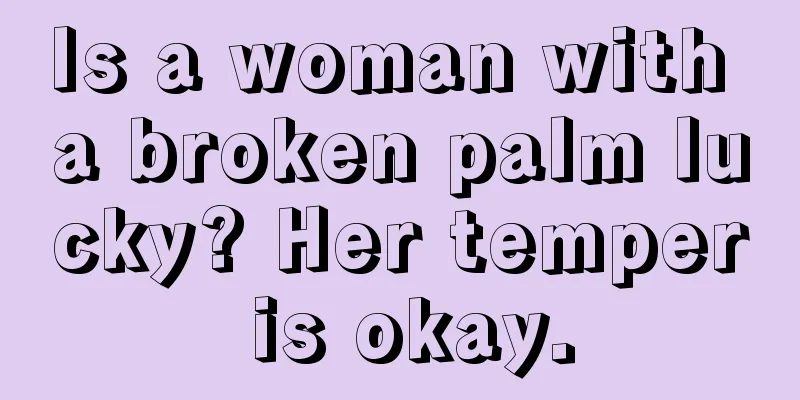Former Federal Reserve Economist Gordon: Why I left the Federal Reserve and joined Uniswap

|
On January 22, former Federal Reserve economist Gordon Liao joined Uniswap Labs and wrote about his journey on Twitter. Coming from a background in centralized finance, I am most excited about innovations that have the potential to build a better, more secure, and more accessible financial system. At the Fed, I was amazed at how much of the world economy depended on so few intermediaries, e.g., 24 primary dealers handling all Treasury auctions, 8 U.S. government interbank banks providing most of the dollar-based liquidity to the world, and 1 single bank (the Bank of New York) clearing all tri-party repo. When functioning well, these established financial giants move trillions of dollars in transactions every day, but balance sheet frictions and increased asset holdings following the global financial crisis have led to frequent problems with the current financial architecture. Even in the central arteries of the financial system, financial frictions are high. A classic example is the periodic and sporadic spikes in funding rates, the largest of which in September 2019 led to the early end of the Fed’s last round of balance sheet reduction. Financial frictions are not just a matter of market access; they are so important that economists have created an entire subfield, intermediate asset pricing, to study the frictions of intermediating finance. How will web3/DeFi improve the intermediary problem of traditional finance? In short, by making finance disintermediate, composable, and more transparent. If there is demand, I can write some content about these ideas separately below: First, DeFi is transparent. Anyone can audit not only the smart contract code, but also the entire transaction history. This level of transparency promotes innovation and reduces risks in the long run. Second, web3 reduces concentrations of economic power and single points of failure. As a former FICC trader, I am still shocked that the largest interest rate markets are often at the mercy of a small number of traders. Third, web3 breaks down different boundaries, reduces fragmentation, and realizes a truly efficient global financial system. Fourth, the transparency of blockchain transactions can ultimately reduce the risk of money laundering and facilitate the secure flow and transaction of value around the world. Building a safer, more inclusive, and more efficient financial system requires the joint efforts of technologists, economists, and policymakers. |
<<: Celebrities flock to NFT. Who is the real gold digger?
Recommend
What does a full forehead look like?
In ancient times, the forehead was also called &q...
What kind of people will lose money in the Year of the Tiger?
What kind of people will lose money in the Year o...
A person who follows the rules and does things in a methodical manner
Although doing things in a methodical manner is v...
Deputy Governor of the Central Bank: Substantial results have been achieved in the rectification work since 2016, avoiding the risk of a large-scale virtual asset bubble
Source: Sina Finance Sina Finance reported on Dec...
Is it good for a woman to have a narrow face at the top and wide at the bottom? The face shape can tell whether a woman is destined to have a good or bad fate.
By looking at a person's face, you can tell w...
UK chief scientific adviser recommends government use of bitcoin blockchain technology
Sir Mark Walport, the UK's chief scientific a...
Moles on women indicate wealth and honor. Moles on these places indicate wealth and honor.
In fact, there are moles on our faces, not too ma...
Who are trustworthy?
It is not easy to win the trust of others. You mu...
What are the taboos of double eyelid surgery in physiognomy?
In today's society, many girls are increasing...
Multiple factors drive ETH transaction fees to soar, Ethereum miners earn more than Bitcoin miners
According to Bitcoinist on June 8, Ethereum trans...
These are the ten types of men you can't afford to offend
Looking at the man standing not far away, he exud...
How to identify low-quality villains
We have to guard against villains. After all, vil...
The eyes of a philandering bad woman
Eyes are the windows to the soul. People can see ...
Uganda's central bank warns of OneCoin scam, banning all digital currencies
The Central Bank of Uganda (BoU) has joined regul...
Men who have accomplished nothing. Analysis of facial features. Which types of men have no ability?
A man should act like a man, value his career, be...









